There are more people enslaved in India than anywhere in the world. At Set Free, we are on a mission to provide freedom, but we do things a little differently. Freedom goes deeper than simply rescuing children. True freedom comes from working to stop enslavement before it begins, reuniting a child rescued from slavery with their family, educating for a bright future, and ultimately equipping each rescued child to become a disciple of Jesus Christ.
1
Child redemption mission
Over 50% of the total number of slaves in the world come from only 5 countries: India, China, Pakistan, Bangladesh and Uzbekistan. Out of those countries, India leads the way with an estimated 18.4 million people held in slavery with the average age for child slaves between 7 and 14 years old. This is not a category you want to be a global leader in, but there are many reasons why India is.
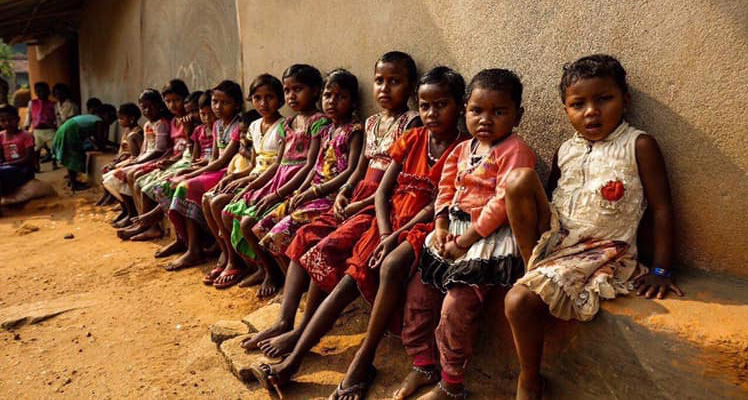
While slavery is actually illegal in India, the country lives by an ancient tradition called the caste system. This is closely tied with the Hindu religion which believes in a process of reincarnation based on karma from previous lives. An outcome from this system is a bottom class of people known as “Untouchables” who are shunned. They are the poorest of the poor who aren’t even considered a part of the system. They are trapped in an endless cycle of abuse, leaving them without the most basic human rights and as prey to modern day slavery. Also, because the underlying belief is that you deserve the caste you are born into, there is little hope for Untouchables to improve their lives until they meet Jesus. Through Jesus they learn that they are loved unconditionally. His love does not separate His children into a system that abuses, enslaves, and shuns.
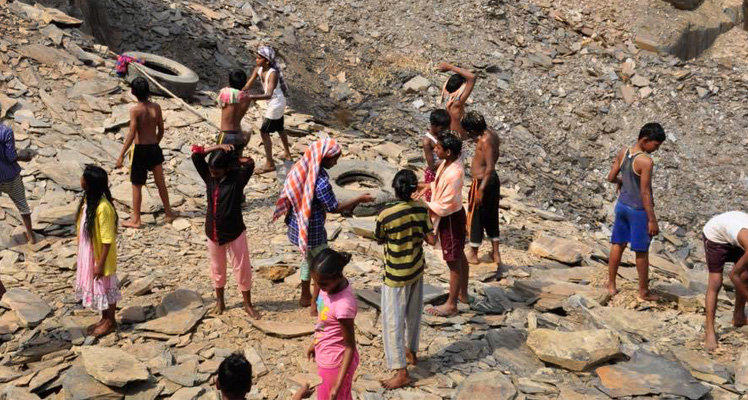
There are many different ways that someone becomes a slave, but the main cause is poverty. Many poor families are taken advantage of and manipulated into selling their children. Loans are offered to families, and since most untouchable families are illiterate – they do not fully understand the terms they are agreeing to. So, a few months later when the loan officers come to collect their payments and these families are unable to pay, they take their children as payment to work off their family’s debt. Unfortunately, these children are often re-sold far from home and the stark reality is the debt will never be paid off. Some families even outright sell their children out of desperation. Other poor families are trapped in generational slavery and are working to pay off a debt.
2
stopping slavery before it starts
What if we could stop slavery before it happened? Well, COVID-19 taught us that we can. We knew that 71% of the children our partners rescued were enslaved because of loans taken out by their Untouchable families. Loan agents prey on these families that are often illiterate and unable to understand the terms they are agreeing to. The number of loans taken increased greatly during the pandemic because of the increased price of goods and economic shut-down.
Our network of partners and pastors have been educating families across India about these loans and their potential danger as they continued their evangelical work. Families are informed of the real terms of their agreement and how their inability to repay the loan would result in their child being sent away - trapped in the bond of slavery. But we knew education alone wasn't enough to address the problem.
A generous donor put up a gift to equip our partners to offer a different agreement - one that pays off the debt to the loan agent, with the terms that another loan will never be taken out with that family again. The family then pays our partners back, in the time that they need, and in whatever way they can. Payment can look like money, firewood, rice, vegetables, etc. Cash repayments go back into the Slavery Prevention Program to enable our partners to pay off more loans - saving more children. Repayment in goods goes towards caring for the rescued children. It is our goal for this program to become self-funding once we reach a level of monthly loan repayments sufficient to support this need.
Preventing slavery saves children from experiencing a hopeless reality. They are set free from the trauma they otherwise would have carried as a child slave.
Prevention is our first goal - and the tool that we will use to put an end to the cycle of enslaving children.
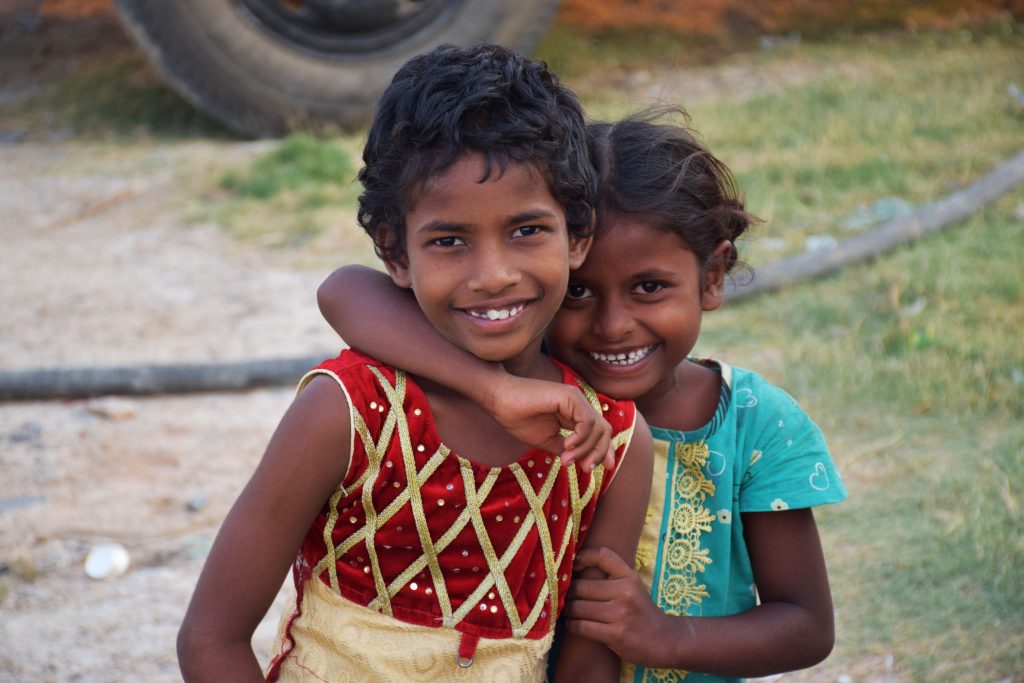
3
giving freedom
Despite the fact that slavery is illegal in India, it does not operate in the shadows. So, the process of rescuing a child usually starts with a phone call. Our partner network of over 8,000 pastors are regularly tipped off to the locations where children are being held in slavery. Some of these locations include quarries, brick factories, brothels, medical testing facilities, and even child sacrifice situations.
The process varies depending on the situation and the location, but after receiving a phone call tipping our partners off to the location of child slaves – they will travel to visit the location for themselves. These pastors work to develop a relationship with the children. They work to gain their trust, offer hope, and eventually rescue them from the bondage of slavery.
Other times, something even more miraculous occurs. The Holy Spirit has begun to move so mightily through India that even the hearts of 21st century slave owners are changing. Sometimes the call our pastors receive is a slave owner calling to say that they are releasing their slaves on their own. In one case, a mine supervisors’ wife had enough. She could now longer bear to watch children enslaved:
My husband is a slave owner. I used to turn a blind eye to the cruelties happening under my nose. Finally, I reached a point where I could not ignore it any longer.
So, in secret and with the help of a few others, I took 171 children from my husband’s mine and brought them to the only safe place I could think of – the doorsteps of a church. Little did I know the pastors behind those doors ended up being Sylom Partner Pastors. They immediately found space for all 171 of the children. They addressed their medical needs and provided them with nourishment. They introduced them to a God that cherished them and called them worthy. I am so glad I finally chose to speak up.
Read the rest of the supervisor's wife's story.
Regardless of if they are rescued by our network of pastor partners or freed into our care by their owners, these children all come out hungry, abused, and terrified. They don’t find freedom in one day. It takes time, but our pastors are in it for the long haul. With proper medical care, psychological therapy, and the support of their brothers and sisters in Christ – these rescued children go on to lead remarkable lives.
4
Restoring Hope
Being able to reunite rescued children is one of the most rewarding aspects of our ministry. Parents and children weep while villages often rush out to celebrate when a child is brought home. It is a beautiful sight to see. But it is also not something we take lightly.
There are numerous reasons why children find themselves in slavery. While some children were once sold into slavery by family members or parents, many have been kidnapped or manipulated into those circumstances. When our partners find villages where children have been sold into slavery, they work to build relationships with these families. We want to reunite as many children as possible with their families, but we must also ensure that their home will be a safe environment for them. While the large majority of families are desperately longing for their children and welcome them home with open arms, there are some families where the risk of the parents selling their children into slavery again is too great. These children are then cared for long-term, loved, and equipped for a successful future.
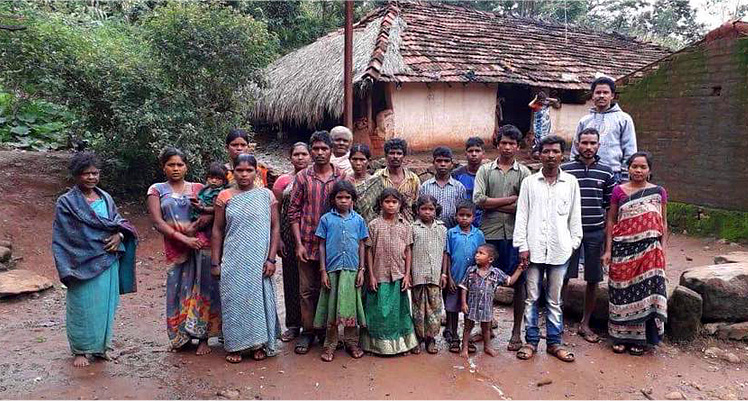

For the nearly 50% of children who are able to be reunited with their families, the greatest success stories often come long after they’ve gone home. Even when families are identified quickly, rescued children are still in our care for several months. During this time, they are learning who they are as children of God. They attend morning and evening worship services. They learn about Jesus who loved them so much he died for them and then sent pastors through the Holy Spirit to rescue them. When these children return home, they are eager to share this love they’ve experienced over the past several months with their families and neighbors. Over 20 churches have been planted in villages around India simply through reuniting children with their families! Hansh was 11 years old when he was sold into slavery. When he was rescued and reunited through our partner pastors, he went on to change lives himself:
For two years I worked in unimaginable conditions. I used to pray that God would rescue me from this place. Then, Pastor Arjun and Pastor John saved me.
I lived in my church home for four years before I went back to my village where my family was. When I was at my church home I learned all about Jesus and His love for me. When I went back to my village to live with my parents, I began to teach others about Jesus and the Good News. Over time I led my formerly abusive alcoholic father to Christ. He was touched by God and changed his way of living. I felt so passionately about telling others about what God had done in my life, that I devoted my life to doing so. God has chosen to use me to bring others to His Kingdom. After spreading the gospel around my village, 191 villagers have joined the local church! I feel confident this is where I am called to be. This was all made possible when I was rescued.
5
Meeting needs
When they come into our care, rescued children are just beginning to recover and find freedom. Most are malnourished, sexually abused, and scared, so we start by meeting their immediate needs. After children are rescued, they are immediately given a nutritious meal and medical attention. Indian pastors counsel the children and help them cope and heal from the trauma they’ve been through. Some of the children are housed in our main campus where partner pastors, counselors, and volunteers live amongst them, dedicating their lives to the healing and growth of these children. Additionally, the majority of our children are housed in village churches where countless pastors throughout India have opened up their homes and local churches to several children at a time.
We meet their physical needs by giving them food, clothing, medical care, and a home. But caring for a child goes so much deeper. You don’t get a second chance at childhood, and these children have already been through more than their fair share. So, we also give them love and encouragement. We empower them to dream of who they will grow to become. We become the hands and feet of Christ by sharing the hope that can only be found in Jesus.
As these kids start to build a new life, you see them change. They go from timid, hopeless beings to joyful, energetic children who are so full of life. They jump into their education with excitement, play with abandonment, and sometimes even whine about their chores. They take back their childhood and they find freedom.
We believe that these children are the future of India. They are the ones who will put an end to misconceptions and mistreatment of the poor. They will become future doctors, teachers, and pastors. They will bring generations of slavery to an end.
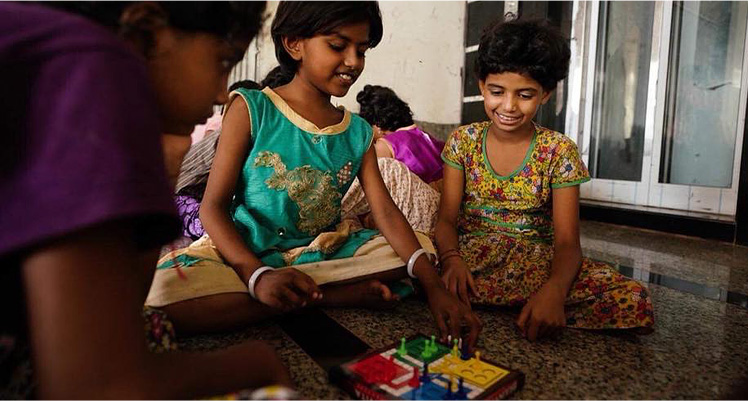

6
giving back
In 2013, we launched a program to provide Set Free children with age-appropriate vocational training that empowers them to make at least ten times the salary that they would without an education. That year, we sent 80 graduates of this program into the workplace in India. This has the dual benefit of both setting the graduates up for a successful future and freeing up additional space for more children to be rescued.
Our first graduates did something we didn’t expect, they gave back. Since 2013, we have graduated over 300 students who have given back more than $250,000 to help care for rescued children. This unique program empowers graduates to build their lives and dreams.
They are shining lights of hope, and the more graduates we send out, the more self-sufficient we become. If 300 graduates gave back $250,000 in four years, then just imagine how much 600 graduates will give back in three or more years, or how much 1,000 graduates will give back in ten. We are changing the future of India by empowering leaders through education.
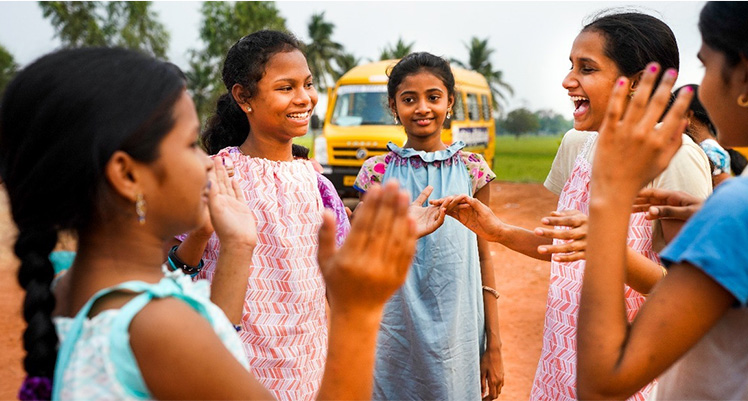

But their reach goes far beyond simply an economic impact. A group of girls are leading Bible studies in their tailoring dormitories. Boys are bringing the gospel to unreached villages as a part of the drill crews. They reach places with the gospel that we could never touch and change what people think about untouchables.
The cycle of abuse and poverty that left these children enslaved is being broken by those very same children – for good.